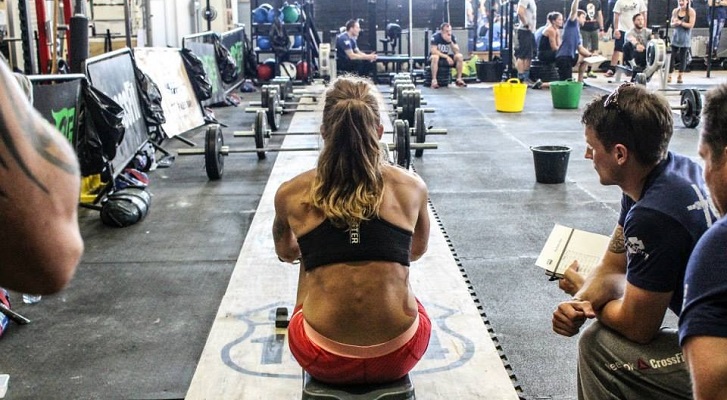Bumble bees shouldn’t be able to fly, but they do.
Confident. That’s how people want to feel as they approach that big lift, that rig, that competition or that gruelling met con. Confidence can be the difference between a successful attempt and a failure – between what should have been and what actually was – making us wonder how we can get more confidence. That moment of doubt, the tension it creates in the body and mind can mean that we are not at our best; the way we would feel if we were comfortable and relaxed.
And yet, confidence is not always useful. Confidence can be misplaced, over-inflated or destructive. Confidence can get in the way. Confidence is important, but may not be the thing you need.
What is confidence?
What is confidence? Confidence is a feeling related to the perception that you can rely on something. In the case of your workouts and competitions, it’s like a belief that you are adequate or good enough in some way. Confidence can come from knowing you’ve lifted this before or that you have demonstrated the skills to be able to get it done. In many ways, this is a vital part of your development in fitness and as an athlete. There would have been a time in your history where there were big question marks over whether you could do the things you do now, and overcoming those – becoming more confident in your abilities – was essential to your growth.
This year’s CrossFit Games winner Camille Lablanc-Bazinet’s mental approach to training is a great example of when confidence is useful. Long before her Games win, Camille’s mental approach was influenced by an analogy of a bumble bee and a racehorse (A. M. Cecil, CrossFit Journal, October 2011 http://library.crossfit.com/free/pdf/CFJ_Mental_Cecil.pdf ). Bumble bees shouldn’t be able to fly, but they do. And racehorses don’t question the training process, even though they are champions. Here is a useful form of confidence. It’s confidence in the process, the methods of training, coaches, in the human body’s uncharted capacities.
Confidence can be a poison chalice
But confidence is also just that – a feeling. And like all feelings can come and go depending on a huge number of factors. Some within your control, but many outside of it. Everything from hormones to situations to how much sleep you’ve had can affect your feelings. Confidence can also be a poison chalice, giving you a false sense of security when what you really need is better awareness of the dangers ahead. Misplaced, misused confidence causes us to underestimate the factors we can’t control. Every day is different. Every workout, even when comprised of familiar challenges can crumble your self-belief. And in competition, mis-placed confidence can lead us to underestimate our competition and pave the road to losing.
Confidence doesn’t win the games; it keeps you trying. It encourages when the task ahead feels impossible. To succeed, something other than confidence is needed. What we need to develop is insight. Insight is the ability to understand our situation – to see the facts honestly and acknowledge the factors that affect our performance. It is about seeing a realistic perspective of yourself, your abilities and also your limitations.
Using insight
Thinking about limitations may not sound like a helpful addition to your set of mental tools in CrossFit, but it is as essential as your confidence. You will probably already be using insight in many ways without realising. As you approach a lift you know how your body, your mobility issues, your pre-lift tendencies mentally have affected you and are probably trying to find ways to overcome or work around these. An awareness of your strengths and your weaknesses is what will help you prepare, progress and perform.
Developing insight means knowing what you excel at while not shying away from weaknesses. The goal is to acknowledge, even accept limitations and weaknesses, as this will help you to fight the common tendency to mange difficult feelings about failure and inadequacy with avoidance. And here is where our desire for confidence might come from – thinking about inadequacy can feel tough and uncomfortable. Many people manage these difficult feelings by striving for confidence instead of increased awareness of areas that need work.
Become confident in your commitment to face down your weaknesses
We often carry the oversimplified assumption that being flawless makes us happier, more liked or solves life’s problems in some way. This can inspire an impulse to almost hide from reality behind confidence. Maybe you would have made that lift or beat that time if you had more confidence. But there were probably other more controllable, tangible factors at play. To progress, you have to know what those are and face them down without translating it into something about your value as a person or athlete.
Rather than confidence being about the absence of weakness, you become confident in your commitment to face down your weaknesses. You develop confidence in the process of uncovering and fighting limitations. That’s real confidence – built on awareness of not only your strengths, but also weaknesses, focusing on them so that we can overcome them.
















